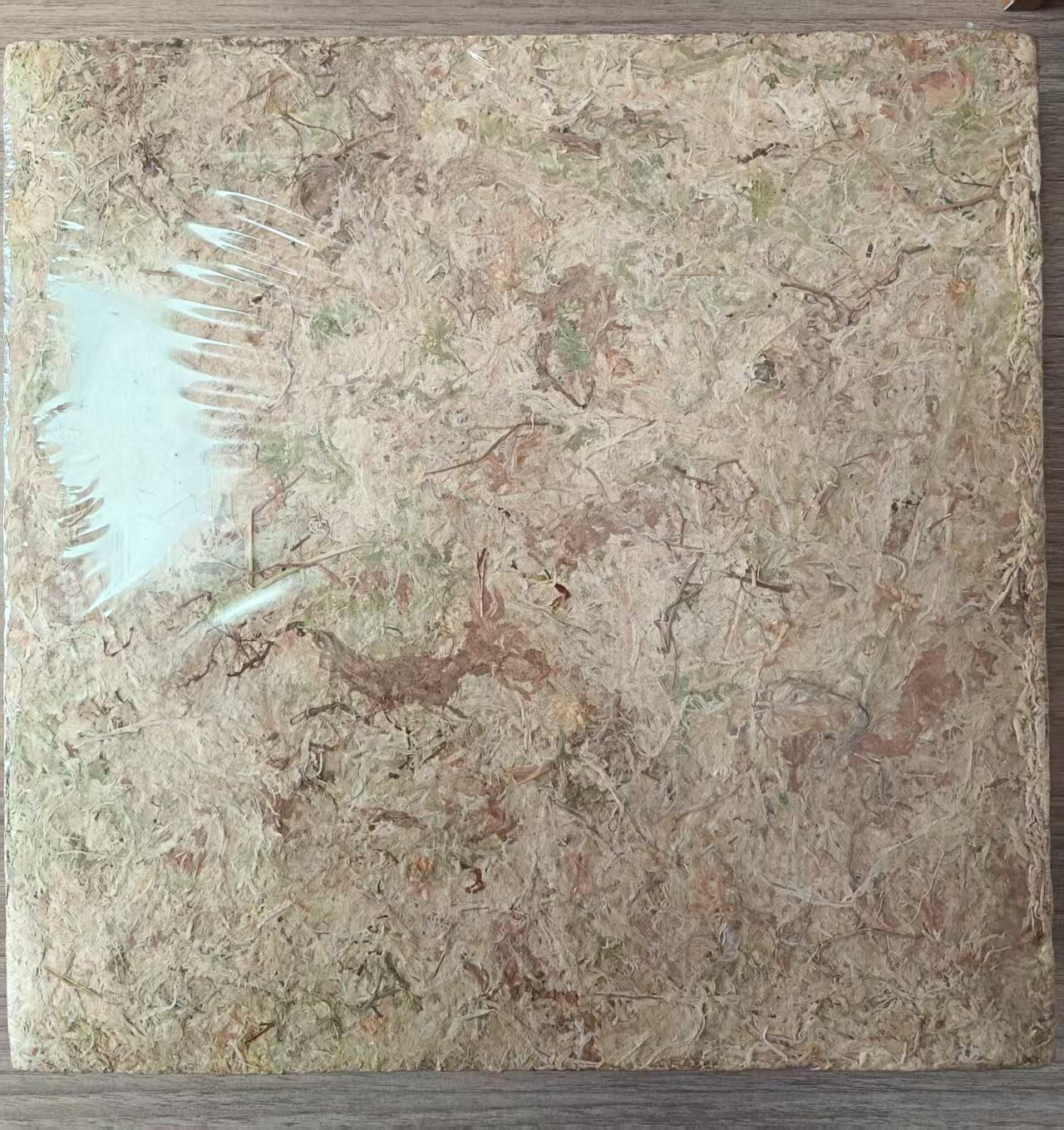diatomaceous soil
Diatomaceous soil, also known as diatomaceous earth, is a naturally occurring sedimentary rock composed of fossilized remains of ancient aquatic organisms called diatoms. These microscopic organisms feature cell walls made of silica, creating a versatile material with remarkable properties. The soil appears as a soft, white to off-white powder with a fine, talc-like texture. Its unique physical structure, consisting of countless microscopic holes and sharp edges at the microscopic level, makes it highly effective for various applications. The material possesses exceptional absorption capabilities due to its porous nature, allowing it to effectively trap moisture and small particles. In agriculture and gardening, diatomaceous soil serves as an organic pesticide, effectively controlling crawling insects through its mechanical action rather than chemical means. The industrial sector utilizes it for filtration purposes, water treatment, and as an abrasive in polishing compounds. Its food-grade variant is FDA approved and commonly used in food storage facilities for pest control and as an anti-caking agent. The material's versatility extends to personal care products, where it's incorporated into toothpaste, facial scrubs, and other cosmetic formulations.


